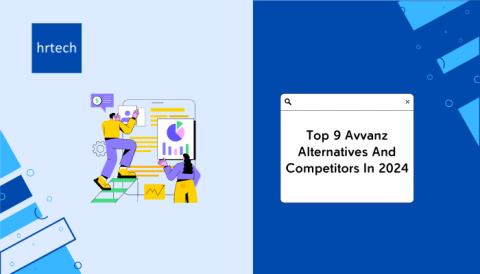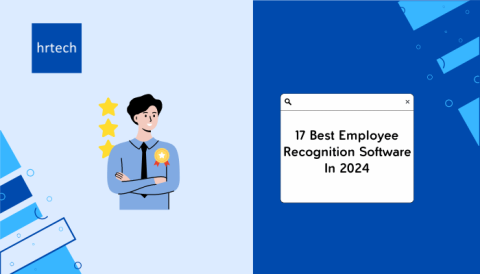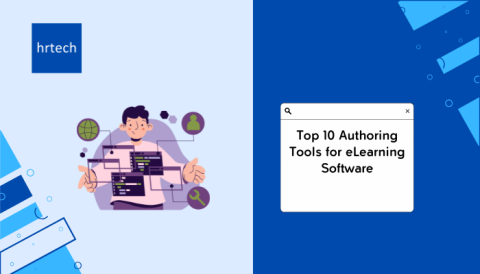HR teams are like the binding glue that holds a company’s fabric together. They help employees to maintain their relationships with each other and the company. They empower employees to work to their best potential and have a great time while doing so.
Naturally, to achieve all of that, HR teams have to work hard. Thankfully, many technology-based shortcuts can help them complete their tasks faster and with less effort. This frees them up to focus on more important decisions that require critical thinking.
Now, let’s take a look at the tools and technologies HR personnel can use in their day-to-day tasks.
Digitizing Paper-Heavy Processes
HR people have to deal with a lot of routine paperwork. That’s just the nature of the job. Some common examples of paperwork HR has to deal with are as follows.
- Contracts
- Resumes
- Onboarding packets
- Verification documents
- Recommendation letters
Some of these are digital, and quite a few are in paper form. Before technology was common, HR teams had to manually transcribe all the physical documents into digital copies.
Nowadays, all they need to do is snap pictures or scan the documents and then run the images through an OCR tool to digitize them. This takes way less time than manual transcription. We are talking about minutes and seconds instead of hours. This kind of benefit is too great to pass up.
The good thing is that many OCR tools are completely free. All HR needs to do is go online and search for them, and they will find plenty of great tools.
Improving Candidate Verification and Background Checks
While technology has vastly improved our lives, it has also come with its own drawbacks. Due to the excessive digitization of our personal lives, it is not very difficult for bad actors to “steal” someone’s identity and pose as them online.
Usually, bad actors will use the stolen identity to take out huge loans and use up credit cards, and then dip. But some nefarious people try to use the stolen identity to infiltrate places they normally couldn’t.
This also involves companies. Corporate espionage is a very real thing, and HR is the first line of defense against it. They have to vet numerous things, like:
- Portfolios
- Certifications,
- ID
- Experience letters
- Recommendation letters
And whatnot. To check everything is quite difficult, especially when you have to do it manually. However, one smart way is to use a reverse image search for the candidate’s images. This will show the original source of that image. HR can investigate it and find any discrepancies.
This small step can help reduce fraud and improve hiring reliability without adding a heavy workload.
Enhancing Training and Internal Communication
Another thing HR has to deal with is new-hire onboarding and training. This requires a lot of internal communication, so we are discussing both things here at once.
When a new employee is hired, HR has to provide them with documentation about the following things:
- Company policies
- Training material
- Process documentation
- Day-to-day processes like clocking in, going on breaks, applying for leave, etc.
- Resources for upskilling
Providing all of that in a neat package is quite hard. Especially when you have to create the package for each employee separately. Instead, what HR can do is invest in a knowledge base where they can store all of the above-listed documentation.
Modern knowledge bases have great search and access features. So, employees can access knowledge based on their roles. All HR needs to do is give the new hire access to the knowledge base, and their job is done.
This is also great for internal communication, because knowledge bases can integrate with communication tools like Slack. So, HR can share the documentation via those channels.
Final Thoughts
So, there you have it, how HR can use technology to hasten their work without stress and leave themselves more time to focus on strategic and critical tasks.
Technology is great because nowadays you can find a tool to do something much faster for almost anything. If you work in HR, you should create a list of your tasks and then check which ones can be improved via SaaS tools or software, and improve your work-life.







